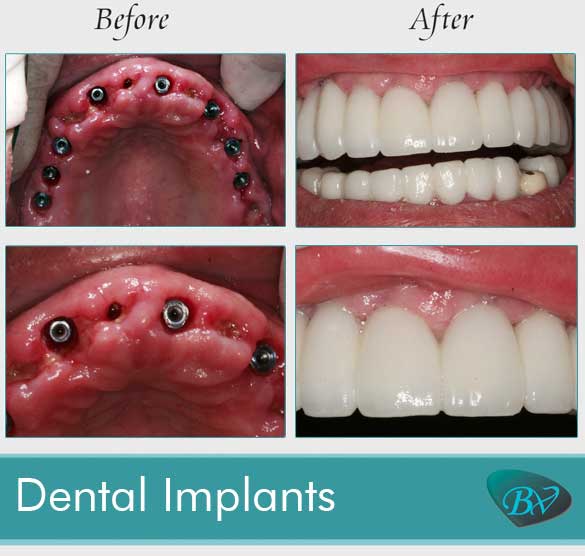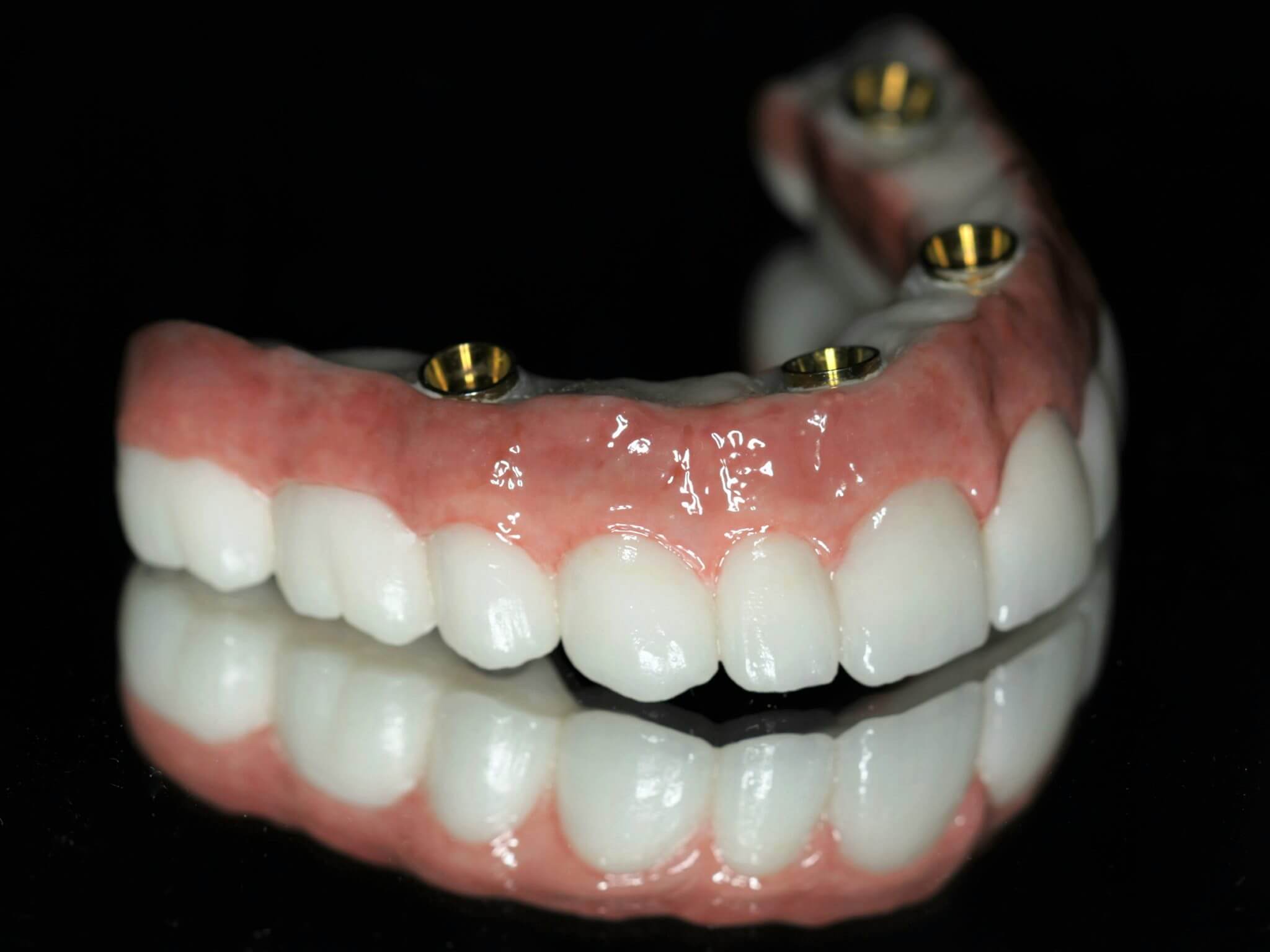Getting My Dental Sense To Work
Getting My Dental Sense To Work
Blog Article
The smart Trick of Dental Sense That Nobody is Talking About
Table of ContentsSome Known Questions About Dental Sense.The Only Guide to Dental Sense8 Simple Techniques For Dental SenseWhat Does Dental Sense Do?
are clinical tools surgically dental implanted right into the jaw to restore an individual's capacity to chew or their appearance. They provide assistance for fabricated (phony) teeth, such as crowns, bridges, or dentures. When a tooth is lost due to injury or illness, a person can experience complications such as fast bone loss, faulty speech, or adjustments to chewing patterns that result in pain.Oral dental implant systems include an oral implant body and oral implant abutment and might also consist of a joint addiction screw. Dental implant vs bridge. The dental implant body is surgically inserted in the jawbone instead of the tooth's origin. The dental implant joint is usually connected to the implant body by the abutment addiction screw and extends with gums into the mouth to support the connected man-made teeth
(https://dentalsense1.carrd.co/)Structure of The Dental Implant System choosing oral implants, talk to your oral provider about the potential benefits and risks, and whether you are a prospect for the treatment. Points to consider: Your total health and wellness is a vital factor in identifying whether you are an excellent candidate for dental implants, exactly how long it will take to recover, and for how long the dental implant may remain in location.
Smoking cigarettes may influence the healing process and reduce the lasting success of the dental implant. The healing process for the dental implant body may take numerous months or longer, during which time you normally have a momentary joint in place of the tooth. the dental implant treatment: Very carefully follow the oral hygiene instructions provided to you by your dental copyright.
Dental Sense Fundamentals Explained
Implant failing can lead to the need for an additional surgical procedure to fix or replace the dental implant system. Restores the capacity to chew Recovers aesthetic appearance Aids maintain the jawbone from shrinking as a result of bone loss Protects the health of the bordering bone and gum tissues Helps keep nearby (close-by) teeth secure Enhances high quality of life Damage to bordering natural teeth throughout dental implant positioning Injury to the surrounding tissues throughout surgical procedure, such as sinus opening Injury during surgical treatment (for instance, crack of bordering jawbone) Inadequate function, such as really feeling like the teeth do not attack together generally A feeling that the tooth is loosened or twisting in place arising from an abutment screw loosening Implant body failing (looseness of the dental implant body) due to systemic infection, which may be more probable in clients with unrestrained diabetes mellitus as a result of local infection in bone and gums sustaining the implant body because of delayed recovery, which may be most likely in people that smoke Difficulty cleansing the gums around the implant, causing inadequate dental hygiene Neglected gum disease Post-surgical pins and needles because of nerve impingement or damages Always alert healthcare companies and imaging service technicians that you have oral implants prior to any magnetic resonance imaging (MRI) or x-ray procedures.
FDA is not aware of any adverse occasions reported for MRI or x-ray blog here treatments with dental implants. Oral implants systems are generally constructed from materials that follow worldwide agreement criteria of the International Company for Standardization (ISO) or ASTM International. These criteria have information of what makes a secure product.

A dental implant is a framework that changes a missing tooth. With screw-like gadgets, the doctor inserts an implant into the jawbone, and it acts as an anchor for a fabricated tooth, called a crown. A tool called a joint connects the fabricated tooth to the dental implant. The crown is tailor-made to fit the individual's mouth and match the shade of their teeth.
What Does Dental Sense Do?
Some individuals are not qualified for dental implant surgical treatment. It is for oral specialists to operate people with: acute illnessuncontrollable metabolic diseasebone or soft tissue disease or infectionIf these concerns are settled, an individual can have the surgical procedure. In, oral surgeons refrain from operating individuals with: If individuals with any one of the above undertake dental implant surgical treatment, there is a greater threat of the dental implant failing.

Dental dental implant surgical treatment is a personalized procedure. It's not the exact same for everyone. The complying with gives a general summary of what you can expect your dental practitioner, oral doctor, periodontist or prosthodontist to do: Put the dental implant surgically. Give you time to recover. Affix the blog post and last crown, bridge or denture.
Next, your specialist will meticulously put the oral implant right into your jaw. If your implant is near the front of your mouth, your dental practitioner will certainly make a temporary tooth for you to put on till you heal.
Dental Sense Can Be Fun For Everyone
Throughout the recovery phase, your jawbone should fuse to the oral implant. This procedure can take anywhere from 3 to 9 months.
When your implant heals, your dentist can affix the joint (little connector blog post) and your final restoration (crown, bridge or denture). This usually takes regarding one hour to complete and might require a 2nd minor surgical procedure. You shouldn't feel any kind of pain during your oral implant treatment due to the fact that your supplier will certainly use medication to numb your gums.
Report this page